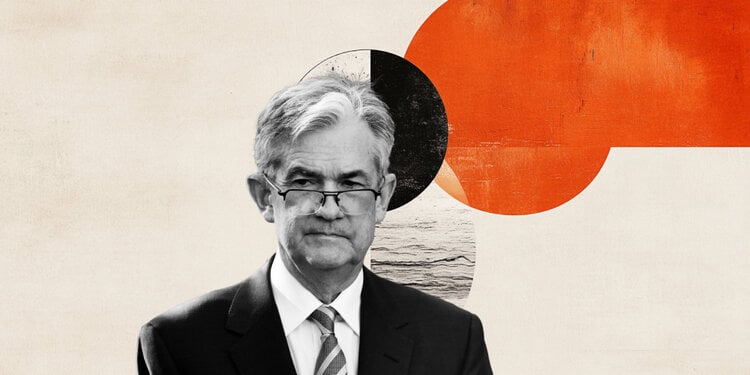With each new generation, automakers invest heavily to refine the formula of their cars. Usually this implies a high cost of developing a platform that surpasses the attributes of the previous one, using more expensive materials to make the car bigger, safer and more comfortable.
Government demands also grow over time, with demands for more safety equipment and cleaner engines. And the public itself demands cars that perform better in crash tests.
There is also an evolution in what buyers expect from the car in terms of amenities. Just remember that not so long ago a simple air conditioning was an expensive option in most cars sold here. The more the vehicle delivers, the more it is charged for it, and the final value increases.
This evolution can be followed in two national products – for now – by Honda: the Fit and the Civic.
The first won a new generation last year and, in addition to the greater technology on board, Honda gave the car an option for a hybrid powertrain to meet increasingly strict emissions standards in Europe and Japan.
For this, its platform had to be developed in order to accommodate the system, even though some configurations still only offer the combustion engine.
The new generation of the Civic was introduced in 2021 and, to combat the growing share of SUVs in the market, the brand invested in a slightly larger sedan, more efficient propellers and, in particular, in a greater refinement of both the cabin materials and the car running quality.
With that, the new generations of Fit and Civic became more expensive to be produced. Today, the two Honda cars are manufactured in Brazil in Itirapina and Sumaré, both in the interior of São Paulo.
To adapt assembly lines to new and more complex platforms, the brand would need to invest heavily. This cost would also reflect in the final price of the cars. Considering the difficult economic scenario and the increasing values of the 0 km models, Honda took a more radical attitude.
The brand confirmed that the Fit will no longer be manufactured in Brazil until the end of 2021, along with the current generation of Civic made here. The first will simply no longer be offered, while there are plans for the sedan to be sold in the country again, being imported and aimed at a more premium segment, probably with a hybrid engine.
But Honda will not stop offering products for these segments. In the price range that was the Civic, the brand has just renewed the City, sedan that was the company’s entry-level item, but was “promoted” to a higher category.
Its new generation grew a little, gaining 94 mm in length and 53 mm in width, going to, respectively, 4.55 meters and 1.75 m. The trunk remains one of the highlights of the model, with 519 liters of capacity.
In addition, the City will be offered in Brazil for the first time with a hatchback body option. Honda stressed that the novelty will be bigger internally than the Fit. With 4.34 m in length, 2.60 m of wheelbase and 1.75 m in width, it is respectively 245 mm, 70 mm and 54 mm larger. The duo’s platform was developed primarily for Southeast Asian markets with the goal of gaining technology and security while maintaining a simpler and cheaper construction.
With this, Honda do Brasil will have its own solution to circumvent the increases in production costs with the new Civic and Fit by placing the new City and City hatch in their respective price ranges. With the repositioning, the sedan will fight rivals like the Volkswagen Virtus, while the hatch already targets the VW Polo market, for example.
Before accusing Honda of exaggerating the economy, it is worth remembering that the national City received improvements in relation to the car that is sold in Asia. One of them is in the motorization. The propeller is a 1.5 aspirated like in other countries, but here it is flex and received a direct fuel injection system that makes burning in the cylinder stronger and more efficient. With that, the national City deliver up to 126 hp of power, against 121 hp of the Asian car. The exchange is always automatic CVT.
But the big passport that will take City to the next level will be Honda Sensing. It is the name that the brand gives to the set of driving aid systems and the duo will be responsible for introducing the technology among the company’s models made here. It adds adaptive cruise control, collision mitigation braking, lane stay assist, unintentional lane departure warning and automatic high beam switch. Honda Sensing will come as standard in top-of-the-line versions of both the hatch and the sedan.
Honda began pre-ordering the City sedan on November 23, and the car has already been priced out. They range between R$ 108,300 and R$ 123,100. The cheapest national Honda Civic does not cost less than R$ 117,900 and can reach R$ 160,600. Deliveries should start in January of next year.
For the City hatch, Honda has not yet confirmed the official prices, but it will have only two versions: EXL and Touring, while the sedan still has a simpler configuration, the EX. Its sales will begin in March 2022. For reference, the prices of the last Fit units ranged between R$74,200 and R$99,500.
Reference: CNN Brasil
I am Sophia william, author of World Stock Market. I have a degree in journalism from the University of Missouri and I have worked as a reporter for several news websites. I have a passion for writing and informing people about the latest news and events happening in the world. I strive to be accurate and unbiased in my reporting, and I hope to provide readers with valuable information that they can use to make informed decisions.







